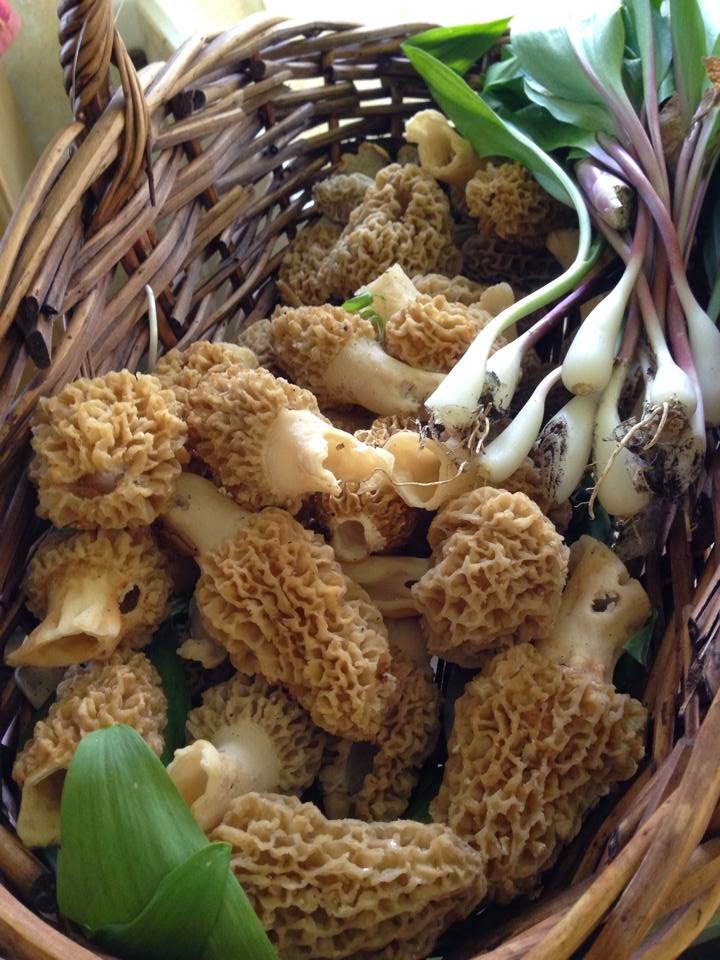 | ||||||
| Daisy ~ Leucanthemum vulgare |
BOTANTIC NAME ~ Leucanthemum vulgare (was Chrysanthemum leucanthemum)
DESCRIPTION ~ It grows from 1 to 2 feet high. The root is perennial and somewhat creeping; the stems, hard and wiry, furrowed and only very slightly branched. The leaves are small and coarsely toothed; those near the root are somewhat rounder in form than those on the stem, and are on long stalks, those on the stem are oblong and stalkless.
USES ~ Traditional medicinal, minor potherb and minor salad.
PARTS USED ~ Young leaves and flower buds.
This is the common daisy found on roadsides and fields, clearings, and disturbed areas. Daisy comes from "Days Eye". The flower heads are only open during the day. The center of the flower head is a yellow disk that looks to some like a miniature sun. Although native to Europe, the ox-eye daisy is now naturalized in much of the world. Daisies are found in all 50 states.
The ox-eye daisy has a calming effect similar to chamomile, but much weaker. Because it's a member of the Asteraceae family it may cause allergic reactions in those who are allergic to ragweed, fleabane and asters.ref
This daisy was once cultivated for home remedies to cure whooping cough, asthma and other kinds of coughs. Young shoots and leaves are edible, but bitter. They may be used sparingly in salads as a bitter herb and digestive tonic.
When I was young there was a popular book about the trials and joys of being a homemaker called "Please Don't Eat The Daisies" The tile came from a situation where the housewife was preparing for a dinner party and gave the children instructions such as: not to eat the canapes, don't use the guest towels, don't track in mud etc. apparently she forgot to say " don't eat the daisies," because they started munching on the centerpiece. If she had known how nutritious those daisies were perhaps she would have served them to her guests instead of pigs in a blanket.



